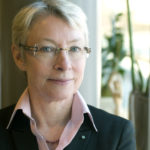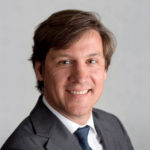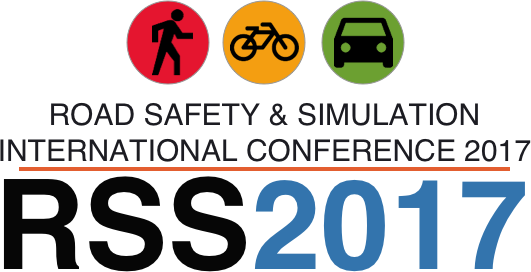 |
Keynote by Linda Boyle
Modelling drivers’ behaviour with increasingly autonomous vehicle systems
Safe transport requires an understanding of the road user in various driving situations and recognizing their goals and perceptions of safety. There are many data collection tools and analytical methods to examine safety, but each presents different challenges. Crash data and surveys provide some insights into actual and perceived safety risks, but do not reveal insights on the actual engagement in technology. Naturalistic driving data can show drivers engaging in existing systems, but they do not provide insights on technology that has yet to be deployed and their ability to establish crash causation is limited. Driving simulator studies can help guide the design of increasingly autonomous vehicles, but their ability to predict real-world crash risk is limited. In summary, each data collection tool presents challenges as well as opportunities to capture drivers’ behaviour and performance as their use of new vehicle systems change over time. This presentation highlights the importance of considering a triangulation of data sources to capture the context that may impact driver safety.
Linda Ng Boyle is Professor and Chair of the Industrial & Systems Engineering Department at the University of Washington, Seattle. She has a joint appointment in Civil & Environmental Engineering. Her BS degree is from the University of Buffalo and her MS and PhD are from the University of Washington. She is an associate editor for the journal Accident Analysis and Prevention, the chair of the TRB committee on Statistical Methods, and a recipient of the National Science Foundation Career Award. She is also one of the organizers for the International Symposium on Human Factors in Driving Assessment. Her area of expertise is in human factors and transportation safety, with a specific focus on quantifying user behaviour and performance as they engage in technology while driving. |
 |
Keynote by Anna Nilsson-Ehle
Vision zero - consequence or condition for automated driving?
There are high expectations of improved traffic safety as a consequence of automated driving. At the same time it is hard to believe that an automated traffic system can be implemented if it is found unsafe. What are the implications from this regarding research and innovation towards a connected and automated sustainable traffic system?
Dr. Anna Nilsson-Ehle (born 1951), is Director for SAFER – Vehicle and Traffic Safety Centre at Chalmers University of Technology. She holds this position since 2006 when SAFER was established. SAFER is a collaborative research centre for vehicle and traffic safety, with some 30 partners from Academy, Industry and Society. She started her career as a product development engineer in the steel industry. 1979 she moved to Volvo Safety Centre to work with the pioneering development of car safety requirements based on accident investigations. She continued in different positions within Volvo for 20 years. She has been in managerial positions since 1983 and has held positions such as head of the 240-company, vice president of Volvo, vice president of Volvo Cars responsible for Complete Vehicle and later for Change Management. In 1999 she was appointed Managing Director of Universeum, the Swedish National Science Discovery Centre that was inaugurated in 2001. In 2005 she moved to a position as senior consultant at the management consultant company, Ohde & Co. Anna Nilsson-Ehle has a Master of Science in Engineering Physics from Chalmers, and is Doctor of Science, h.c. at the Royal Institute of Technology, KTH. She is a member of the Royal Swedish Academy of Engineering Sciences and was awarded the Gustaf Dalén memorial medal in 2013. |
 |
Keynote by Pieter Litjens
Pieter Litjens is Deputy Mayor for Traffic and Transportation of Amsterdam. His main focus is on the challenge how to make an old city, with a complex and dense road network, ready for innovation in mobility and logistics. In a city where space is scarce it is vital to be smart and creative to keep the city moving in a safe way. The typical Dutch bike is a solution, but also creates problems: where do you park 1.5 million of them? And how can self-driving cars get around in a city full of pedestrians? Mr. Litjens was a Member of the Dutch Parliament from 2012 to 2014, where he was spokesman for Interior and Nature, and Spatial Planning. Before that, he served as Mayor of Aalsmeer (home to the world’s biggest and most famous flower auction). From 2002 to 2007 he was part of the Executive Committee of the Amsterdam Zuidoost district. Mr. Litjens studied Political Science at the University of Amsterdam, specialising in International Relations and International Law. |

